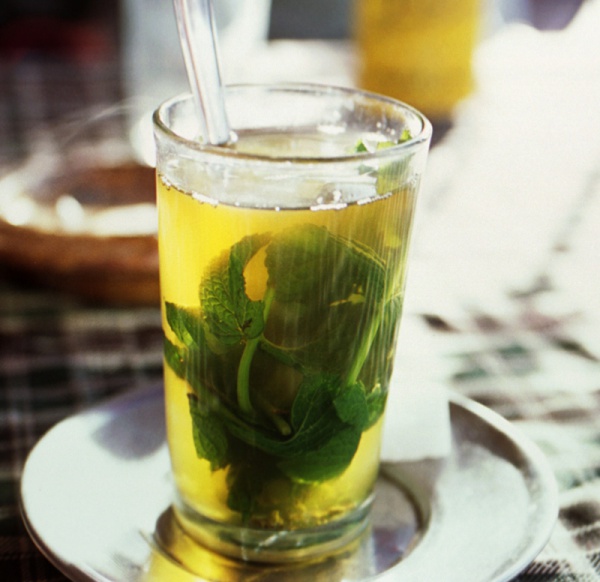Facts About Maghrebi mint tea
Maghrebi mint tea, also known as Moroccan mint tea, is a delightful infusion of green tea, spearmint leaves, and sugar. Originating in the Greater Maghreb region, this tea has become popular across North Africa, parts of the Sahel, France, and the Arab world. In Morocco, it is more than just a beverage—it symbolizes culture and hospitality and is often prepared and served ceremoniously, especially when guests are present. Traditionally, the head male of the family assumes the role of preparing this cherished drink.
Classic Maghrebi mint tea is made with spearmint nana leaves, which impart a clear, mild aroma to the tea. Occasionally, other mint varieties, such as yerba buena, may be used as substitutes. In Morocco, it is common to enhance the tea with additional herbs, flowers, or even a splash of orange blossom water for extra fragrance. During the colder months, warming herbs such as pennyroyal mint and wormwood are added to give the tea a comforting touch.
The history of this tea dates back to the 18th and 19th centuries when the British introduced gunpowder tea to North Africa, which spurred the popularity of mint tea in Morocco. The basic ingredients of Maghrebi mint tea are green tea, fresh mint leaves, sugar, and boiling water. The brewing process involves steeping the leaves in boiling water and then pouring the tea into glasses from a height. This technique not only aerates the tea but also beautifully blends the flavors.
When fresh mint is scarce in winter, alternatives like tree wormwood or lemon verbena are used to add a different twist to the tea. There are various ways to prepare mint tea, from a simple steeping process to more elaborate methods involving multiple infusions and flavor adjustments. Typically, the tea is served three times, with each serving offering a unique flavor profile.

 Western Sahara
Western Sahara